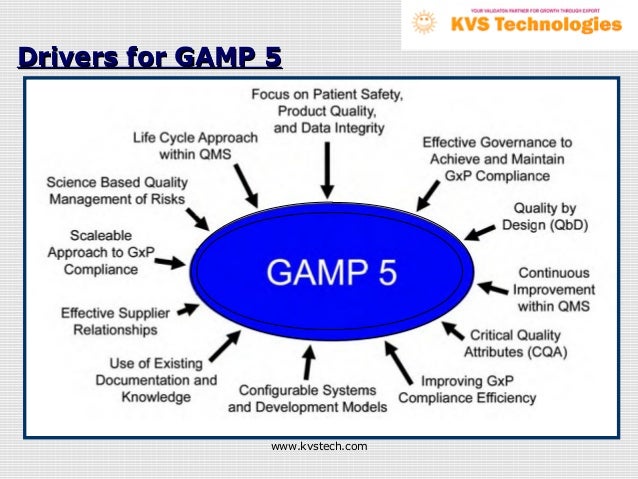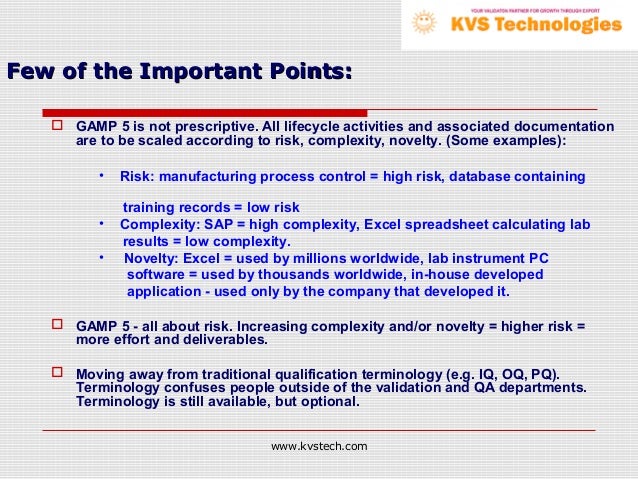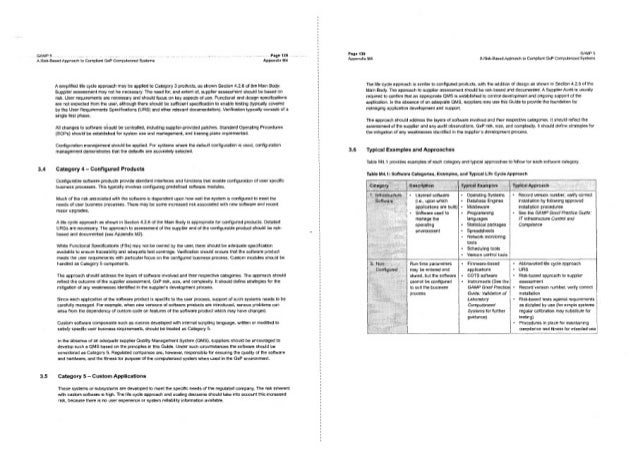

Technical and procedural controls and requirements.Applying the process to New/Existing SystemsĪppendix M1: Corporate Data Integrity Program.Records and Data Integrity GAMP Guide Mapping
Gamp categories examples series#
Gamp categories examples how to#


Readers will gain an invaluable insight into the pressing hot topic of pharmaceutical data integrity, an in-depth understanding of the key requirements and principles, and an awareness of practical approaches and techniques to effectively address data integrity challenges. Clinical, manufacturing, and laboratory personnel.System developers, maintainers, and users.Process and data owners and data stewards.As such, it is of great interest to anyone with a responsibility for ensuring data integrity, including: Topics covered include regulatory focus areas, the data governance framework, the data life cycle, culture and human factors, and the application of Quality Risk Management (QRM) to data integrity. The Guide is intended to be a complete and comprehensive single point of reference covering the requirements, expectations, and principles of pharmaceutical data integrity. This Guide has been produced with significant input and review from regulators worldwide, including key specialists from leading regulatory authorities such as MHRA and WHO, that work in this area. This Guide has been developed by ISPE's GAMP ® Community of Practice (CoP), a world-wide community of practitioners and subject matter experts who have been developing internationally accepted guidance on risk-based approaches to safeguard patient safety, product quality, and data integrity for more than twenty-five years. Although the scope of this document is wider, it replaces the previous ISPE GAMP ® Good Practice Guide: A Risk-Based Approach to Compliant Electronic Records and Signatures.

It has been designed so that it may be used in parallel with guidance provided in ISPE GAMP ® 5 and other ISPE GAMP ® Good Practice Guides. This Guide is intended as a stand-alone ISPE GAMP ® Guide aligned with the ISPE GAMP ® 5: A Risk-Based Approach to Compliant GxP Computerized Systems. The ISPE GAMP ® Guide: Records and Data Integrity provides principles and practical guidance on meeting current expectations for the management of GxP regulated records and data, ensuring that they are complete, consistent, secure, accurate, and available throughout their life cycle.


 0 kommentar(er)
0 kommentar(er)
